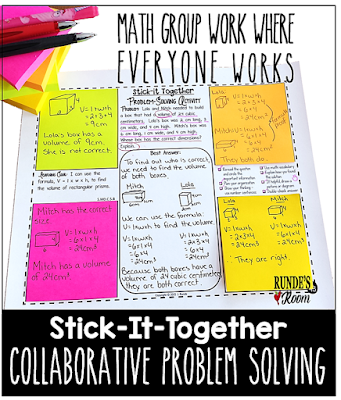Anti-Bullying Day (a.k.a. Pink Shirt day) is a day celebrated on various dates across the world, originating in Canada. In 2012, the United Nations declared the day officially, and is recognized by over 25 countries worldwide, such as the United States, Australia, and the United Kingdom. On this day, those who participate wear pink, blue, or purple shirts (depending on location) to symbolize a stand against bullying. In many countries, Anti-Bullying Day is recognized on May 4th. Here in Canada, many areas celebrate it in February. National Pink Shirt Day is on February 25th this year.
Pink Shirt Day began in Canada in 2007 with two high school students from Nova Scotia:
“David Shepherd, Travis Price and their teenage friends organized a high-school protest to wear pink in sympathy with a Grade 9 boy who was being bullied…[They] took a stand against bullying when they protested against the harassment of a new grade 9 student by distributing pink T-shirts in their school.
‘I learned that two people can come up with an idea, run with it, and it can do wonders,’ says Mr. Price, 17, who organized the pink protest. ‘Finally, someone stood up for a weaker kid.’
So Mr. Shepherd and some other headed off to a discount store and bought 50 pink tank tops. They sent out message to schoolmates that night, and the next morning they hauled the shirts to school in a plastic bag. As they stood in the foyer handing out the shirts, the bullied boy walked in. His face spoke volumes. ‘It looked like a huge weight was lifted off his shoulders,’ Mr. Price recalled."
I have put together one of my favorite pink shirt day activities and posted it as a freebie on TpT (full lesson instructions, printables for the lesson, completed examples, and pictures of bulletin board display ideas). This activity can be done in conjunction with any anti-bullying program - if you don't do a pink shirt day, this can still be done ... or better yet, start your own pink shirt day at your school.
Click HERE or on the image to your right to grab a copy for your classroom.
If your class loves drama circles, I also have an Anti-Bullying Drama Circle that would be perfect for Pink Shirt Day. You could do the drama circle with just your class, or join up with another class, or even perform it for the whole school. It works perfectly with the Think Pink resource for Pink Shirt Day as it also discusses the bully, the bullied, the bystanders, and the brave. Click HERE or on the image below to check out this resource.
5
Pink Shirt Day began in Canada in 2007 with two high school students from Nova Scotia:
“David Shepherd, Travis Price and their teenage friends organized a high-school protest to wear pink in sympathy with a Grade 9 boy who was being bullied…[They] took a stand against bullying when they protested against the harassment of a new grade 9 student by distributing pink T-shirts in their school.
‘I learned that two people can come up with an idea, run with it, and it can do wonders,’ says Mr. Price, 17, who organized the pink protest. ‘Finally, someone stood up for a weaker kid.’
So Mr. Shepherd and some other headed off to a discount store and bought 50 pink tank tops. They sent out message to schoolmates that night, and the next morning they hauled the shirts to school in a plastic bag. As they stood in the foyer handing out the shirts, the bullied boy walked in. His face spoke volumes. ‘It looked like a huge weight was lifted off his shoulders,’ Mr. Price recalled."
I have put together one of my favorite pink shirt day activities and posted it as a freebie on TpT (full lesson instructions, printables for the lesson, completed examples, and pictures of bulletin board display ideas). This activity can be done in conjunction with any anti-bullying program - if you don't do a pink shirt day, this can still be done ... or better yet, start your own pink shirt day at your school.
Students start out by blindly picking a "role" - bully, the bullied (victim), or bystander. Groups then get together to discuss feelings / actions that go along with the role they have. They then complete an "I am" poem from the point of view of the role they have. Once the poem is completed, it is typed and photocopied onto a T-shirt template. I also have my students design a T-shirt for pink shirt day while they are waiting for other students to complete the writing and publishing of their poems - keeps everyone busy and engaged.
Click HERE or on the image to your right to grab a copy for your classroom.
If your class loves drama circles, I also have an Anti-Bullying Drama Circle that would be perfect for Pink Shirt Day. You could do the drama circle with just your class, or join up with another class, or even perform it for the whole school. It works perfectly with the Think Pink resource for Pink Shirt Day as it also discusses the bully, the bullied, the bystanders, and the brave. Click HERE or on the image below to check out this resource.


.jpg)
.jpg)












.jpg)
.jpg)

.jpg)
.JPG)
.JPG)

























